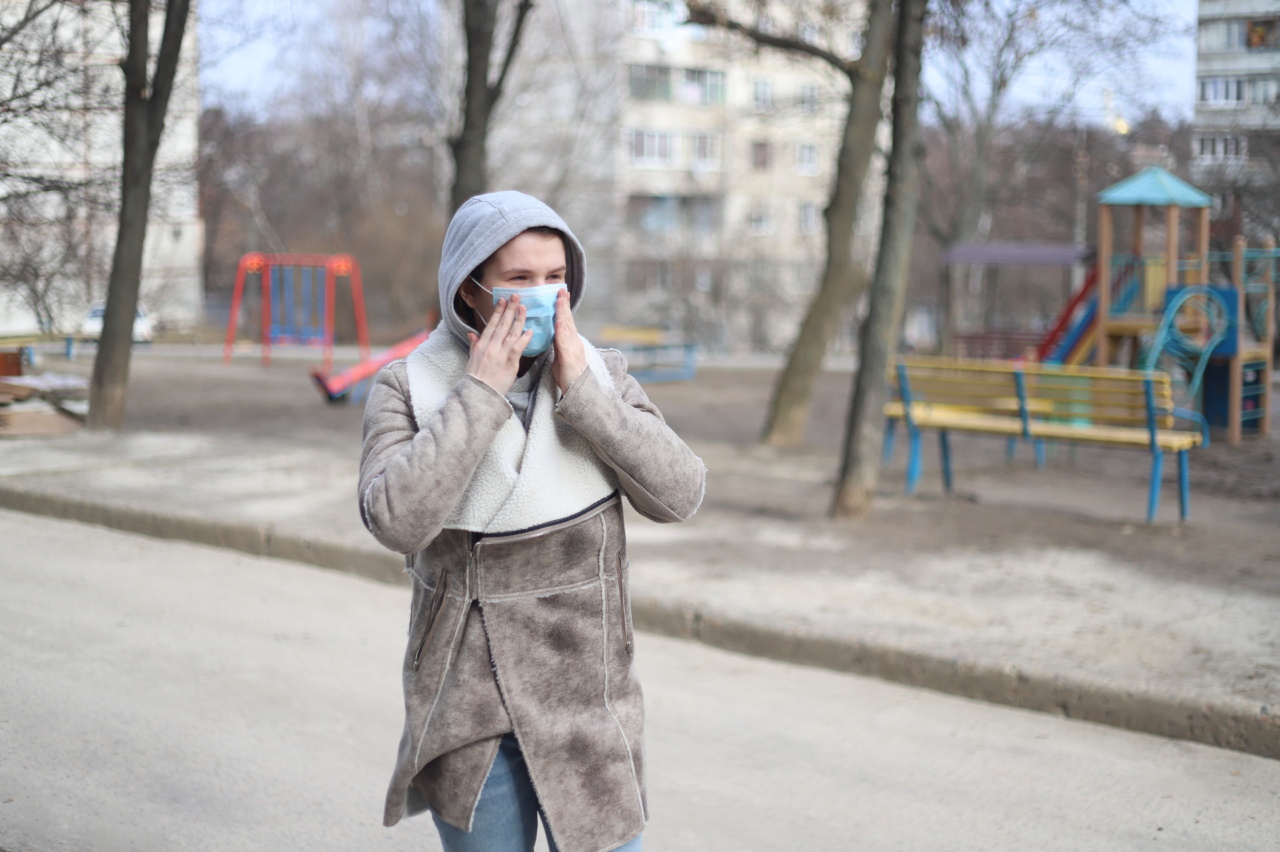Influenza (flu) and cold are two common respiratory illnesses that often have similar symptoms. While flu is usually more severe than a cold, it can sometimes be difficult to tell the difference between the two.
But understanding the differences between them is important because treatment options can vary. Here’s a closer look at the signs and symptoms of flu and cold and how to spot the differences.
Causes of Flu and Cold
Influenza and cold are both caused by viruses, but different viruses cause each illness. Influenza is caused by the influenza virus, while cold can be caused by many different viruses, such as the rhinovirus and coronavirus.
Both viruses are highly contagious and can be transmitted through close contact with an infected person or indirect contact with surfaces contaminated with the virus.
Symptoms of Flu and Cold
The symptoms of flu and cold may overlap, which can make it difficult to distinguish between them. However, flu symptoms tend to be more severe and come on more suddenly than cold symptoms. Here are some common symptoms of flu and cold:.
Flu Symptoms
Fever: Typically above 100 degrees Fahrenheit.
Aches: Muscle aches and headaches.
Fatigue: Extreme exhaustion and weakness lasting several days.
Cough: Dry cough that may become severe.
Sore throat: Scratchy, irritated throat.
Runny or stuffy nose: Nasal congestion or discharge.
Chills: Shivering and coldness.
Nausea and vomiting: More common in children.
Cold Symptoms
Runny or stuffy nose: Nasal congestion or discharge.
Sore throat: Scratchy, irritated throat.
Cough: Mild to moderate cough.
Fever: Possibly a low-grade fever in children.
Headache: Mild headache.
Fatigue: Mild fatigue.
Differences in Duration of Symptoms
One major difference between flu and cold is the duration of symptoms. While both illnesses can cause similar symptoms, flu symptoms are typically more severe and will last longer than cold symptoms.
Cold symptoms can last for one to two weeks, while flu symptoms can last for several weeks, with fatigue and weakness lasting even longer. In some cases, complications from the flu can occur, such as pneumonia, which can be life-threatening.
On the other hand, colds rarely cause serious health problems.
Treatment for Flu and Cold
Treatment options for flu and cold vary because they are caused by different viruses. For most people, both illnesses can be managed with self-care measures to relieve symptoms. Here are some treatment options for flu and cold:.
Treatment for Flu
Antiviral medication: Prescription antiviral drugs can help shorten the duration of flu symptoms and reduce the risk of complications. These drugs work best when taken within 48 hours of symptom onset.
Rest and fluids: Get plenty of rest and drink fluids to help your body recover from the illness.
Pain relievers: Over-the-counter pain relievers such as acetaminophen and ibuprofen can help to relieve fever and body aches.
Treatment for Cold
Rest and fluids: Get plenty of rest and drink fluids to help your body recover from the illness.
Pain relievers: Over-the-counter pain relievers such as acetaminophen and ibuprofen can help to relieve fever and body aches, as well as headache and sore throat.
Decongestants: Over-the-counter decongestants can help to relieve nasal congestion and stuffiness.
Prevention of Flu and Cold
The best way to prevent flu and cold is by getting vaccinated and practicing good hygiene habits. Here are some prevention tips:.
Prevention of Flu
Get vaccinated: Flu vaccination is the best way to protect against flu. It is recommended for everyone aged six months and above.
Wash hands frequently: Wash your hands with soap and water for at least 20 seconds, especially before eating and after being in public places.
Avoid close contact: Avoid close contact with people who are sick or have flu-like symptoms.
Prevention of Cold
Wash hands frequently: Wash your hands with soap and water for at least 20 seconds, especially before eating and after being in public places.
Avoid close contact: Avoid close contact with people who are sick or have cold-like symptoms.
Stay home when sick: If you have a cold, stay home to prevent spreading the virus to others.
Conclusion
Influenza and cold are two common respiratory illnesses that can be difficult to distinguish based on symptoms alone.
While both illnesses are caused by viruses and share some similar symptoms, flu symptoms tend to be more severe and long-lasting than cold symptoms. Understanding the differences and seeking early treatment can help to manage the illness and prevent serious complications.
























